Understandably many freelance filmmakers often get caught up in more flashy equipment like the latest flavor of camera, or what the best audio equipment & lenses are, but on every set you will find these 5 less glamorous but equally essential pieces of equipment.
Equipment Carts
Working as a freelancer in the video production industry will take you to a lot of interesting places:
- Hospitals,
- Schools,
- Sports Stadiums & Locker Rooms,
- Back Country Roads,
- FBI Offices,
- Hotels,
- Race Tracks,
- Airports,
- Courthouses,
- and Museums
…just to name a few of the places I have worked in.
When you work on location, getting equipment in and out of places becomes a very real concern.
A cart not only allows you to load in and out easier, but helps you work more efficiently while keeping you mobile.
What cart best suits your needs will vary a lot depending on the type of work you are doing, your budget, and your taste.
There are a lot of options for carts from stock off the shelf options to purpose built options tailored to the Camera Department, Sound, G&E Carts, DIT, & much more.
Not all carts are created equally, and you absolutely get what you pay for…..which is why many people gladly spend several thousand dollars on a high quality production cart. For me there are several things I look for in a cart:
Wheel Size
The larger the wheel, the smoother the cart will be, which especially makes a difference when traveling over rough surfaces.
It’s very common to have to traverse over curbs, across bumps, uneven surfaces, and through gravel, grass, or snow. I look for at least 8” pneumatic wheels, preferably 10”.
My current cart has 10” pneumatic front wheels, with 8” locking pneumatic casters, making it extremely easy to get in and out of nearly any location.
By choosing pneumatic wheels, they further increase the cart’s ability to handle rough terrain while minimizing the shock going into the cart body when compared to solid casters.
Footprint / Cart Size
When choosing the size for your cart, you run a fine balance between maximizing the amount of gear it can carry, while keeping it small enough to get in and out of tight spaces like elevators, conference rooms, houses, etc.
Another thing to consider is the weight you’ll be carrying and the cart’s capacity. I had all the bearings fall out of my first rock and roller cart while on location because I overloaded it.
For me, I found going with a vertical style cart allowed me to keep an extremely small footprint, while carrying quite a large amount of equipment.
Whether you choose to go with a junior or senior sized, or a vertical style, will predominantly be determined by the amount of gear you typically need to transport and the type of work you do.
Accessories
Another major factor for me is how customizable the cart can be. What type of accessories are available for it?
Backstage, Inovativ, Yaeger, and others all make a variety of accessories that serve very useful functions such as holding stands, monitors, boom poles, cameras, adding baby pin mounts, cabling hooks, and even a cup holder for your coffee from crafty.
While carts are great for hauling cases, the accessories are really what make them come alive.
My cart while it started as a simple Filmtools Vertical Junior Cart, it has evolved with 8020 modifications to add a 20” x 24” work surface, 2 C-Stand Holders, Boom Pole Holder, Baby Pin for holding my 17” monitor, 4 cabling hooks, & a cup holder….in addition to carrying a 3 pelican cases.
Cabling
There are a lot of different types of cabling used in video production, such as for SDI Video, AC & DC Power, RF, Audio, Timecode, Data, & Control Cabling.
The punishing conditions of going on location and constantly being set up and torn down takes a toll on cables. When issues arise, more often than not it’s a failed cable.
Cabling is another place where you get what you pay for, and cheap manufacturers will often cut corners in terms of build quality and quality control. Especially true in regards to cabling, as the old saying goes “One is none, and two is one”.
You never want a failed cable to be the reason you cannot finish the shooting day. Some of the markers of a great cabling are strain relief, great shielding, quality connectors, heat shrunk contacts, jacket flexibility, conductor gauge, and more.
Rain Protection
Depending where you are located, eventually you are going to be on a shoot where it rains, sleets, or snows and you need to be able to continue working in it. It’s equally important to keep the equipment and your body dry.
When working for hours in the rain, it’s unsurprisingly quite difficult to stay dry without proper rain protection.
In my opinion there are 3 types of rain production that I consider essential equipment:
- Clothing,
- Equipment Covers, and
- Shelters.
For most types of production equipment, there are usually specialty rain covers made for cameras, audio bags, slates, and more. In a pinch a trash bag or shower curtain cut to fit and taped can work.
For whole cart covers, large plastic bags work as a temporary emergency cover. Staying comfortable while working on set is a priority, so if you work in the field often it’s worth investing in waterproof shoes, a high quality rain jacket, and rain pants.
Shelters are a great way to cover carts and equipment, as well as provide a place for crew to get out of the elements.
While pop up tents are definitely a great option, one of my best investments was my Insulated Ice Fishing Tent.
It’s easy to set up quickly, completely blacked out inside, has openable windows and vents, open floor for carts, and is actually quite warm in the winter.
Cases
One of the most likely times for gear to get damaged is in transit. If you are investing a substantial amount of money into equipment like cameras, monitors, or audio equipment, it’s only common sense you would have a case to protect the investment.
Hard cases offer exceptional protection, but can get quite heavy.
Soft cases aren’t as durable, but can be great for accessories that don’t require a ton of protection like cabling. Cases and the organization scheme around them is a very personalized thing, but I prefer Pelican Cases, though SKB makes some great options too.
Doing production sound, I find a modular approach works well for me, allowing me to scale my kit based on the shoot’s needs.
Case organization can also be a great way on set to be able to keep track of equipment. If each piece of equipment has a specific spot, it’s easy to do a quick visual inspection to make sure it’s all there before wrapping out of a location.
Tape
It’s really hard to express how useful tape truly is in production. It’s used by every department, for everything from taping down cabling and carpets, to talent marks, labeling media cards, mounting lavaliers & plant mics, set decoration, holding light modifiers, and much more.
There a a lot of different types of tapes you’ll see on set:
- Gaff,
- Paper (in a variety of colors),
- Console Tape (Artists Tape),
- Electrical Tape,
- Adhesive Backed Velcro,
- Pressure Sensitive Adhesive (i.e. Joe’s Sticky Stuff),
- Mole Skin,
- Wig Tape,
- Vinyl Duct Tape, and several other specialty tapes.
Gaff, or Gaffers tape, is the real hero of the tape world, it’s ability to not leave residue makes it the most commonly used tape on set. It’s great for running cabling safely, holding gels in frames, or really any other time you just need to tape two things together.
Anytime damage is a concern with applying tape to surfaces like paint, paper tape is a great gentle choice.
Because paper tape is available in a wide variety of colors, it also makes a great choice for talent marks since each actor or actress can be assigned their own color.
Console tape is great for labeling, it’s white so black permanent mark is easily legible on it, and it is removable without leaving residue.
Console tape is a great option for labeling mixer channels, the slate, media, or anything else.
Velcro is a quick and clean way to mount accessories on camera builds, such as timecode boxes, power splitters, audio receivers, or video transmitters.
If you’ve never used pressure sensitive adhesive you’ll be blown away at how strong it is.
The more pressure you put into it when mounting something the stronger the hold is. This makes it great for mounting things like picture frames to walls without putting a hole into the drywall.
Mole Skin and Wig Tape are both excellent choices for hiding lavalier mics under clothing.
While I try to avoid using vinyl duct tape in most scenarios, where it does excel over other options like gaff tape is adhering to wet and especially dirty surfaces.
Henri Rapp is a freelance Production Sound Recordist based in Cleveland, Ohio. Passionate about capturing great quality audio, I’ve been recording for more than a decade.
Starting at Bad Racket Recording Studios producing music, I have since transitioned to predominately doing sound for Film, TV, & Commercials.
We have Gear Buyer’s Guides on every type of Filmmaking Equipment!

Matt Crawford
Related posts
6 Comments
Leave a Reply Cancel reply
This site uses Akismet to reduce spam. Learn how your comment data is processed.


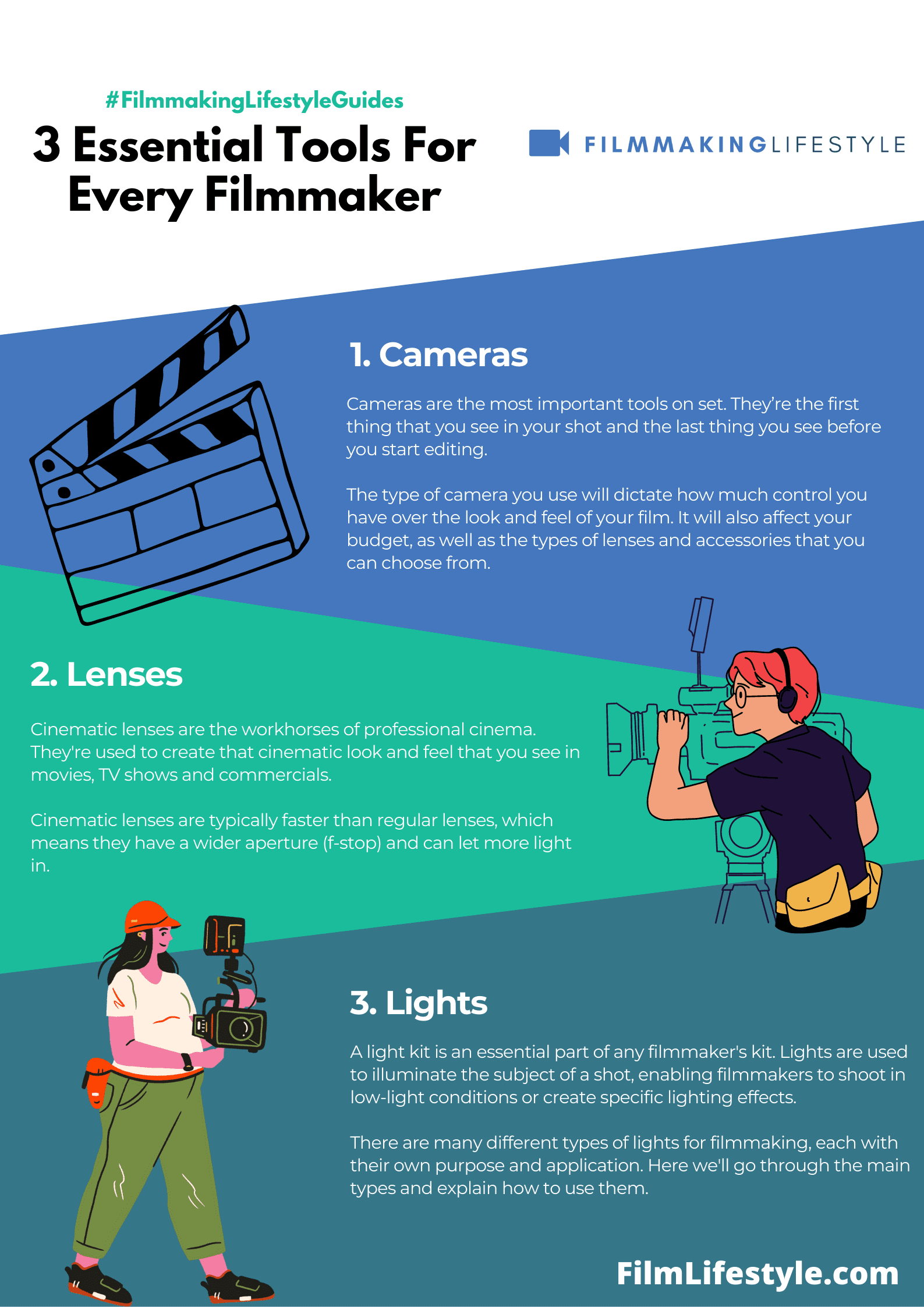

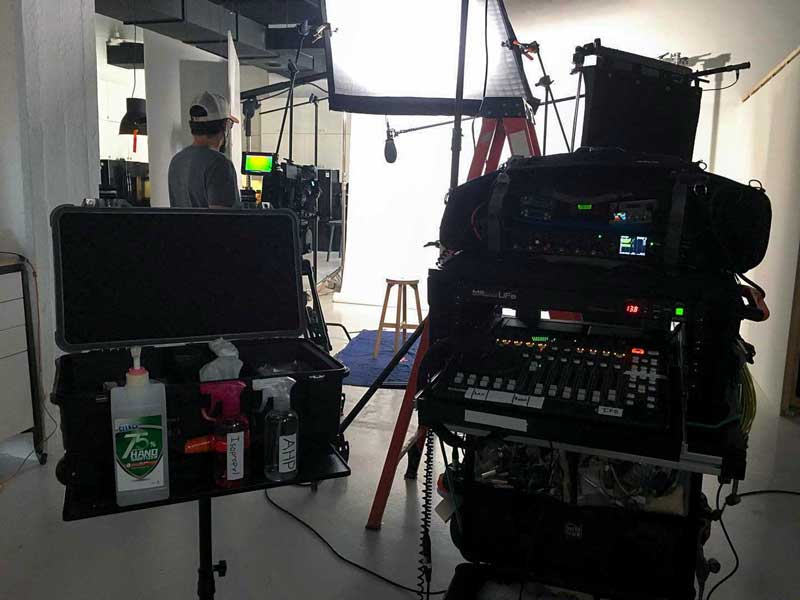
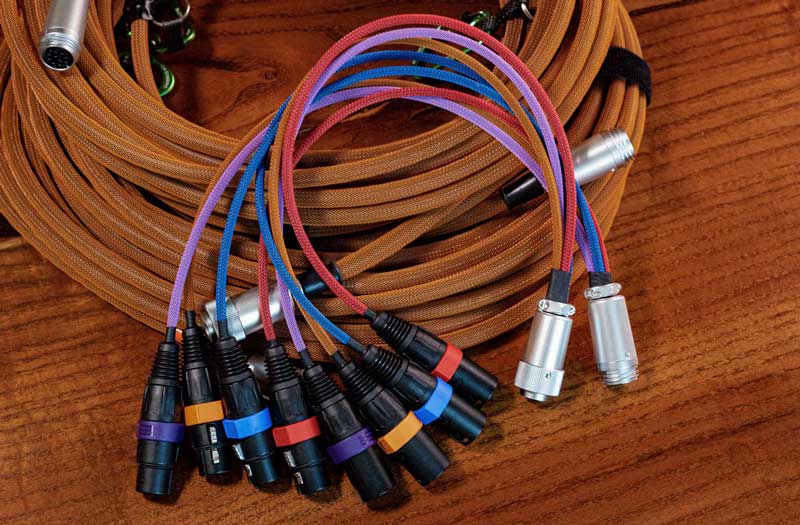

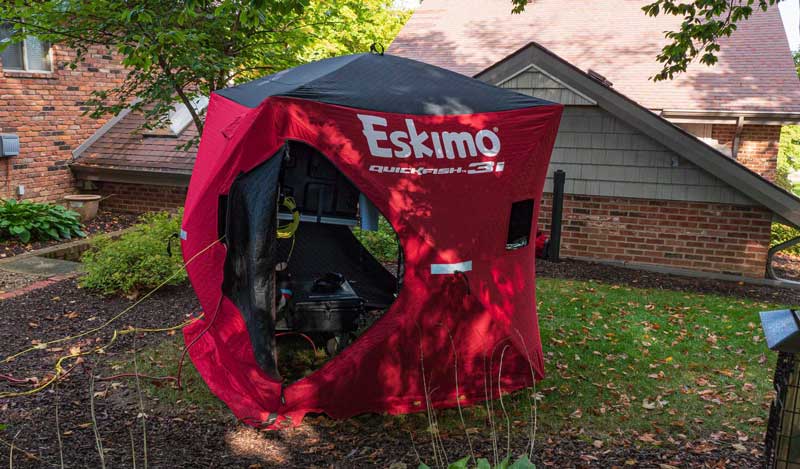
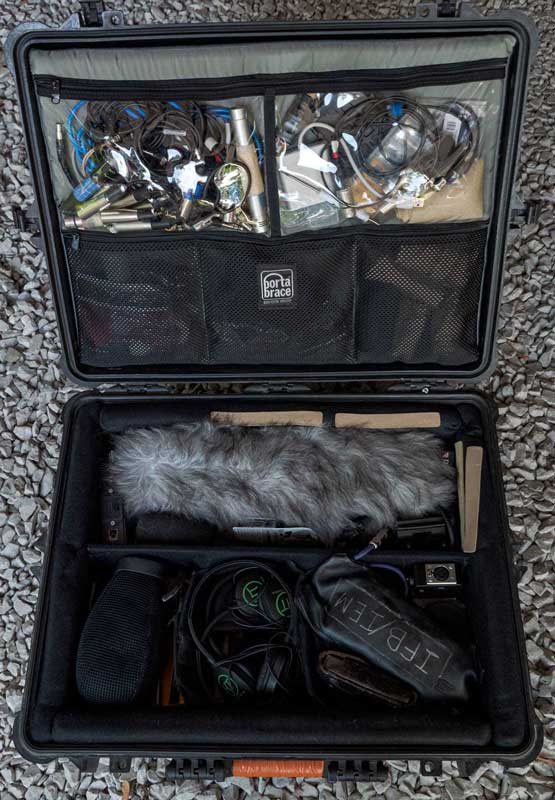

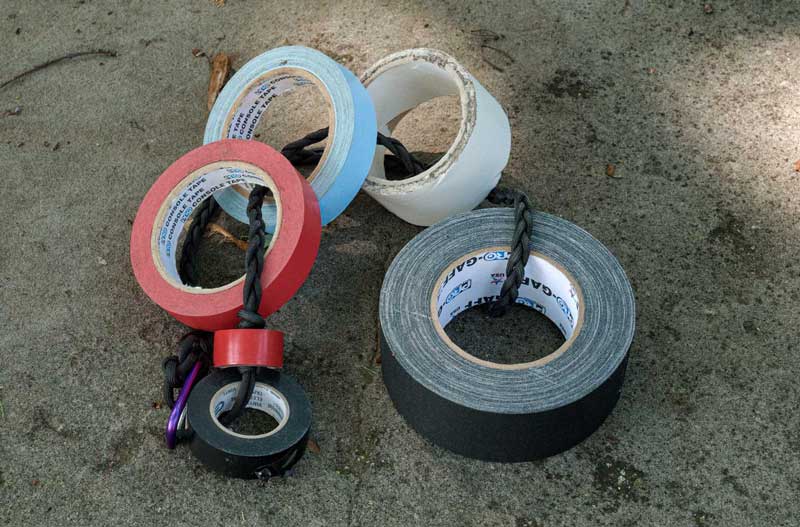

Thanks!
Cheers, Dominick!
Great post! Thanks for everything you do!
Appreciate it, June!
Your style is really unique compared to other folks I have read stuff on filmmaking and videography from.
Thanks for posting this great advice. Guess I will just bookmark this page.
Thanks, Stephen. Appreciate the kind words.